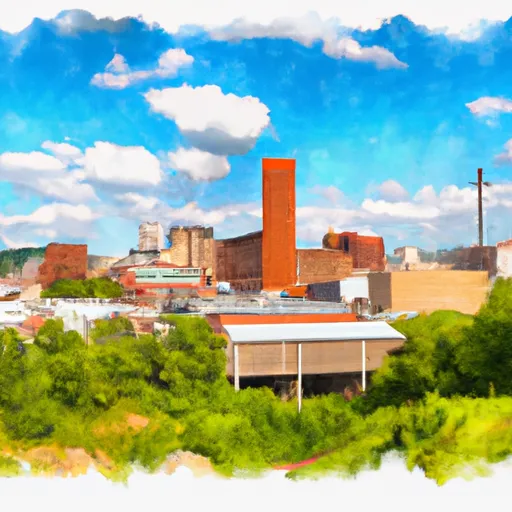°F
°F
mph
Windspeed
%
Humidity











Uniontown, Ohio is a charming suburban community located in Stark County. The climate of Uniontown is characterized by warm summers and cold winters. Summers are typically mild to hot with average temperatures ranging from the mid-70s to low 80s°F. Winters, on the other hand, are cold with temperatures averaging in the mid-20s to low 30s°F.
Uniontown is surrounded by several bodies of water, including Springfield Lake and Nimisila Reservoir. These hydrology constituents provide recreational opportunities such as boating, fishing, and kayaking. Springfield Lake, in particular, is known for its excellent fishing, with a variety of fish species including bass, crappie, and catfish.
In addition to the water activities, Uniontown offers several outdoor recreation opportunities. The community is home to parks and trails, providing residents and visitors with options for hiking, biking, and picnicking. The Uniontown Community Park and Boettler Park are popular destinations, offering amenities such as playgrounds, sports fields, and walking paths.
Overall, Uniontown, Ohio offers a pleasant climate, access to water bodies for various activities, and ample opportunities for outdoor recreation, making it an attractive place for nature enthusiasts and those seeking an active lifestyle.
Weather Forecast
Uniontown receives approximately 1002mm of rain per year, with humidity levels near 81% and air temperatures averaging around 10°C. Uniontown has a plant hardyness factor of 6, meaning plants and agriculture in this region thrive during a short period during spring and early summer. Most plants will die off during the colder winter months.
Regional Streamflow Levels
1,420
Cubic Feet Per Second
15
Cubic Feet Per Second
5
Cubic Feet Per Second
17
Cubic Feet Per Second
Nearby Camping
| Camping Area | Reservations | Toilets | Showers |
|---|---|---|---|
| Punderson State Park | |||
| Silver Springs - Stow | |||
| Portage Lakes State Park |



